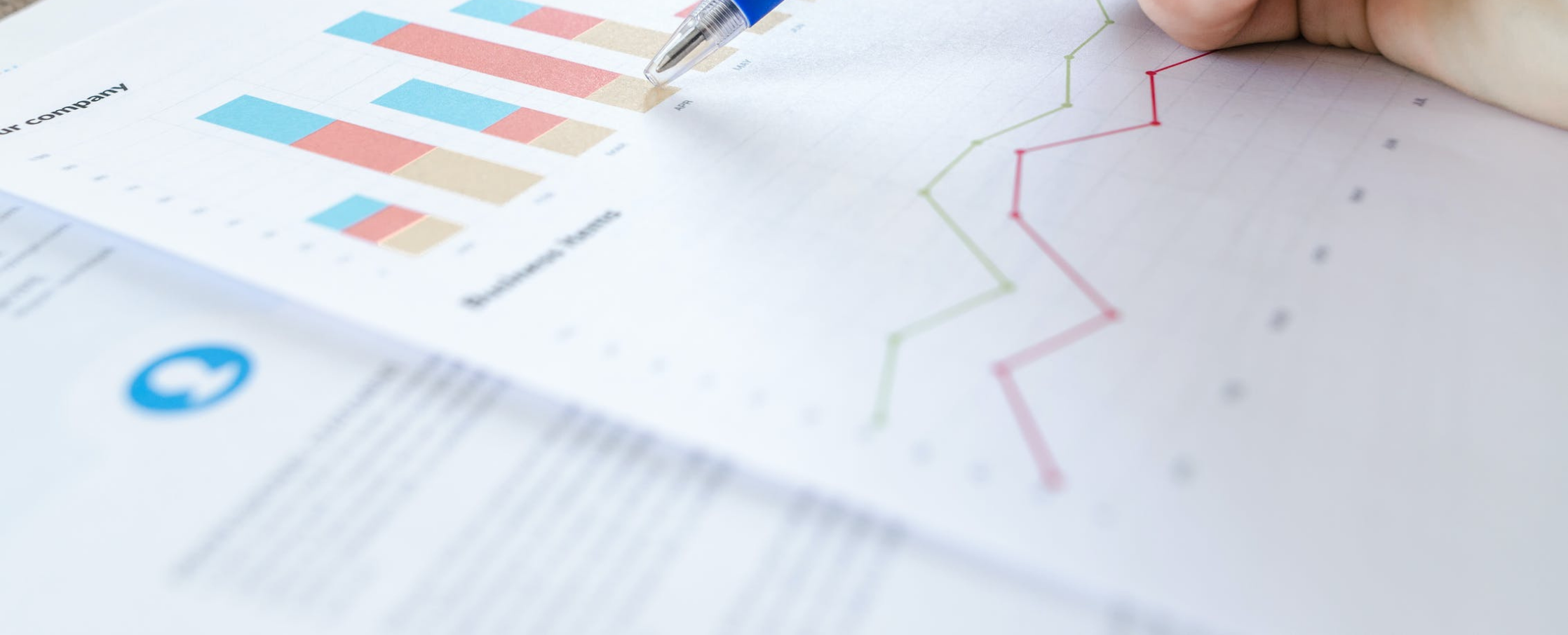A website is the focal point of your business online. In fact, It’s so essential to your overall digital presence and performance that you can’t afford to get it wrong. Despite this, for some companies, websites are still viewed as a check-box exercise.
It is not uncommon for content, campaigns, and entire websites to be developed, only to be abandoned, with files taking up space on servers around the world even after considerable time and expense was invested in them.

The problem is that with digital it’s too ‘easy’ to rip up and start over. Company leaders get fed up with their current website, begin a new one, find that the site looks great for a while until the enthusiasm of owning and using it begins to wear off. Before long the page is “broken” again and needs to be replaced.
If this redesign cycle repeats, it will add significant financial expense to your business, and the stop-start nature of this approach is disruptive to organisations and their customers. It’s vital for everyone’s benefit that companies begin to think about their websites as a long-term asset, making sustainable investment decisions around their digital strategies.
With some joined up thinking, your website will become one of your best performing assets sitting at the heart of your digital ecosystem, integrating with technology across the business and driven by strategic thinking and customer-centric focus.
Changing your attitude to website planning
Research and planning are often overlooked in the rush to hide a neglected website. It’s common to hear requests such as “it would be great if we could get the site live by the end of the month”. If you view your website as an asset to your business, one that will provide value to your customers by solving their problems while building your brand through nurturing relationships and supporting your growth with a continual flow of sales leads, you can’t build it in a month.
Today, websites and their audiences are more complex than ever, so it's important to invest in the right level of functionality that will result in a digital asset that enables your business to grow.
For example, a priority for Hawkshead Relish’s redesign as an artisan food producer was to give customers a sense of flavour and attention to detail in their products. This was achieved by incorporating key ingredients into the imagery across the site along with vital product search and filtering based on ingredients and key allergens to boost user experience.
To make a lasting impact on your organisation, you'll need a detailed brief you can challenge through a well-structured planning process. Spending time planning your website to understand how it fits into your wider business, where it can have the greatest impact and how it can support your growth is an investment in itself.
Don’t follow the crowd: consider your business objectives
As you plan a new website or redesign, it's important to consider the wider business impacts and benefits. It’s so much more than ‘just a website’ and should be having a positive impact on multiple audiences and teams across the business. It might look great, but if that's all its achieved, the true benefits it could bring won't be realised.
A common tendency when designing websites is to focus on a perceived solution rather than analysing the core challenges. While it's easy to copy the actions of others who appear to have solved the same problem everyone has a reason for doing things their way. Having a mobile app built because "this is what Amazon does" does not revolve around the needs of your business.
A better problem definition might be “shipping low-value orders is costly, so we need to increase our average spend per customer, and data tells us most of our customers are shopping on a mobile device”. An accurate problem-definition statement such as this can lead to several possible routes to solving it because there are likely to be a range of approaches that each have their own respective pros and cons.
‘Digital is never done’
A digital strategy built around your business objectives makes your roadmap clear, but you still need to execute it. It's a common belief that the sooner you start, the faster you'll finish. In fact, websites shouldn’t be classed as ‘projects’. The build stage might have a defined start and endpoint but beyond that, digital is never done. It’s once the site launches that the hard work really begins; you must continue to adapt your thinking and empower your team to get the most you can from it.
Encourage all members of your team to be invested in your website’s outcomes and digital efforts. Get everyone listening out for cues from clients and customers, and even colleagues. It’s key for people in an organisation with a strong digital culture to feel empowered to change the way things have always been done. They need to know they’re actively encouraged to flag up new opportunities or share experiences they might have seen in their own digital habits that could pave the way for new platforms, products, or customer experiences.
Make continual improvement the norm. Constantly look at data, listen to your audience and analyse what works best. It’s only by listening and learning that you create progress and refine your customer offer. Customer experiences made up of access, convenience, and ease of use are the new currency for loyalty, and a lack of dynamism stagnates your culture and growth as well as giving customers a reason to shop around.

Instead of going through a costly redesign every three years like so many other companies, allocate a predictable monthly budget to keeping your website optimised and performing at its best, rather than allowing it to become abandoned and ineffective. The UK has spent £64.9 billion online year-to-date, up 18% from last year and 56% from the same period last year; the shift to eCommerce is here to stay. An evolving website will remain a rock-hard foundation promising better positioning in the marketplace, new leads, and sales growth.
These are just some of the important factors you should consider when building a successful website. It takes a lot of work to pull together with an increasing number of moving parts, but with structured planning and a true understanding of where the website sits as part of your overall growth plans, your website will become one of your business’s strongest performing assets.



